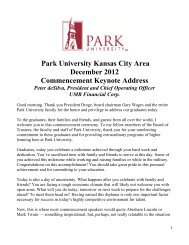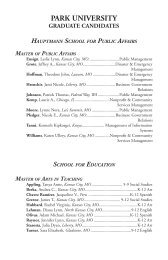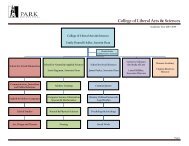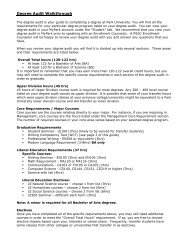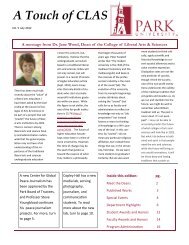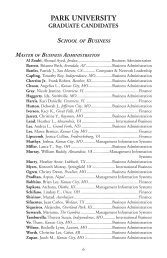How to Write a Radio Serial Drama for Social Development- PDF
How to Write a Radio Serial Drama for Social Development- PDF
How to Write a Radio Serial Drama for Social Development- PDF
Create successful ePaper yourself
Turn your PDF publications into a flip-book with our unique Google optimized e-Paper software.
Chapter Five: Character <strong>Development</strong> 71<br />
Creating Characters and Profiles<br />
Every s<strong>to</strong>ry in the world revolves around a major character, who is<br />
sometimes referred <strong>to</strong> as the “protagonist” (from two Greek words, “pro<strong>to</strong>s”<br />
meaning “first” and “agonistes” meaning “ac<strong>to</strong>r”). Other characters will be<br />
involved, directly and indirectly, with this person and with the action of the<br />
s<strong>to</strong>ry, but it is the protagonist who experiences the main action, dramatic<br />
conflict, and climax. The personality and behavior of the protagonist,<br />
there<strong>for</strong>e, is of paramount importance <strong>to</strong> the development and success of<br />
the s<strong>to</strong>ry. The protagonist of the main plot—whether or not that person<br />
also serves as the central uniting character—is also critical <strong>to</strong> the serial’s<br />
ability <strong>to</strong> attract and hold an audience.<br />
To make the major character, and the other characters, come alive <strong>for</strong><br />
listeners, the writer first must become familiar with every detail of their<br />
lives. One of the surest ways <strong>to</strong> gain this familiarity is by drawing up a<br />
profile <strong>for</strong> each one. A profile is a detailed, written description of the<br />
character. Some writers keep this in<strong>for</strong>mation on file cards; others use a<br />
notebook or computer. Each profile should contain at least the following<br />
in<strong>for</strong>mation about the character:<br />
• Position in the family, e.g., sister, in-law, or grandparent<br />
• Job<br />
• Life ambition<br />
• Level of education<br />
• Time lived in the present place, e.g., all his/her life or recent arrival<br />
• Age<br />
• Religious beliefs<br />
• Attitude <strong>to</strong>ward change and new ideas<br />
• Appearance, including height, weight, color of eyes, hair color and<br />
style, and other physical characteristics<br />
• Interests or hobbies (even in poor communities, people develop<br />
special interests, e.g., in music, painting, or growing flowers)<br />
• Pets and farm animals owned<br />
• Favorite food(s)<br />
• Favorite color(s)<br />
• Habits, e.g., smoking, drinking, oversleeping, laughing a lot, or<br />
leaving the keys in the car<br />
• Personality trait or weakness that distinguishes the character and<br />
conflicts with the personalities of other characters<br />
• Personal fear or dislike, e.g., hates insects, scared of deep water, or<br />
afraid of the dark<br />
• Speech characteristics, e.g., speaks quickly, drawls, stutters, or<br />
speaks in brief, broken sentences<br />
• Commonly used remark or “catch phrase,” e.g., the catch phrase of<br />
the famous American car<strong>to</strong>on character, Bugs Bunny: “Er...what’s<br />
up, Doc” Having a character habitually repeat some phrase is<br />
especially helpful in the creation of comic characters.<br />
5




